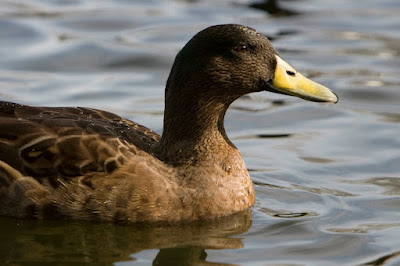
We were very excited to see these: Blue-rayed limpets, Helcion pellucidum. Only 1.5 cm long, they attach themselves to kelp but can leave to ... explore (?). They leave a oval scar on the kelp frond and will return to this base. As they age, the blue rays darken and lose some of their vibrance.



Snakelocks anemone, Anemonia viridis. Like other anemone, Snakelocks stings its prey with its tenticle tips then uses them to pass the food toward its mouth. Unlike other anemone, snakelocks cannot retract its tenticles, thus it is vulnerable to death or injury caused by wave action and/or dehydration during low tide.

These folks are known as Beadlet anemone, or Actinia equina. When their tenticles are out-stretched, you would notice a series of bead-like nodules at the base of each.


These sand, shell, and gravel structures are built by the colonial Honeycomb Worm (Sabellaria alveolata). We never saw the worms, but they are 4 cm long and emerge from their combs during high tide to feast. This Beadlet anemone appears to like them enough.












































